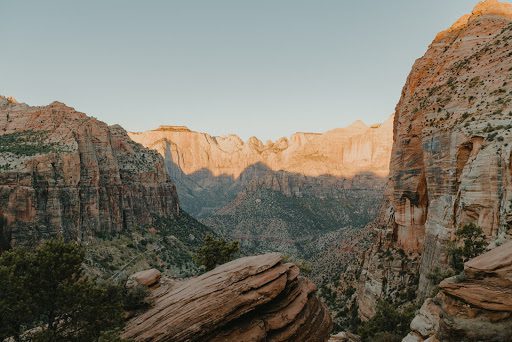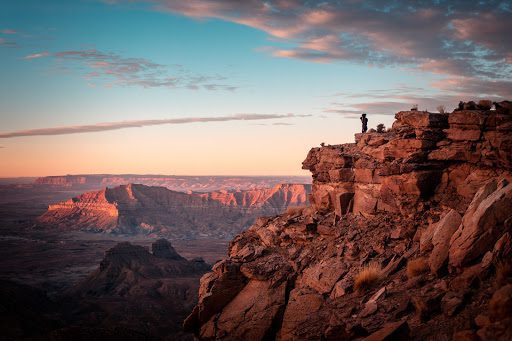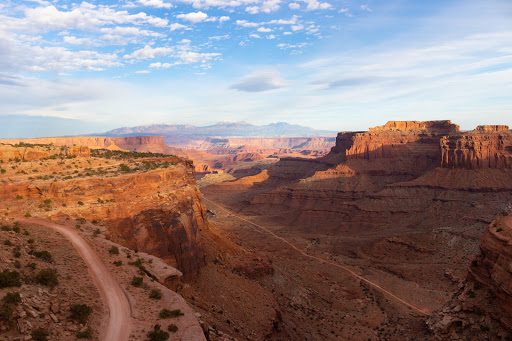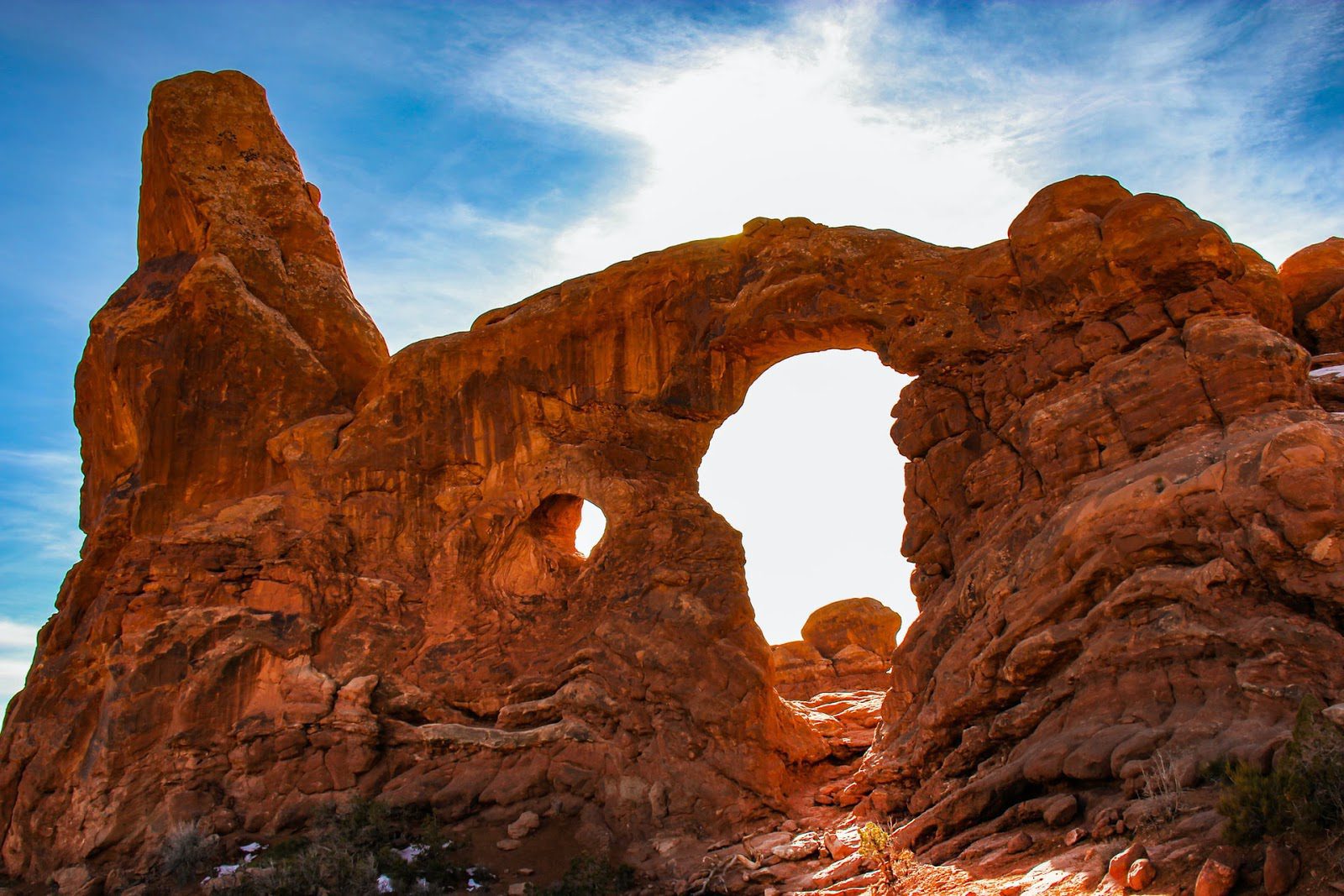“Mighty” is not a term that is applied lightly.
Few things, sights, people, and stories can lay claim to such a momentous adjective. To be worthy of such a title, a claim to fame, the titular must possess certain qualities, chief among them being “impressive power or strength, especially on account of size” (according to the Oxford dictionary).
The word might seem as if it was specifically created to apply to the five most famous of Utah’s National Parks, each park embodying the qualities, the spirit, and the gestalt of the word “mighty”.
The Salt Lake State stands alone in boasting such a bevy of natural wonders and is a must-see for sojourners of all skills and aptitudes.
Considered by some to be the most beautiful state in the Union, Utah is a veritable bounty of natural wonder stretching from snow-covered peaks to salt and sand-covered deserts and canyons, lakes, rivers, red mesas, and golden bluffs.
The entire state is truly a “mighty” sight to behold.

Zion National Park is often cited as a top-tie favorite national park in America and it’s easy to see why. First established in 1919 — and just a hop, skip and a jump from Las Vegas, Nevada — this park is known for its towering peaks and red canyons, which were carved out by the Virgin River. Popular (and difficult) hikes and must-sees like Angels Landing and The Narrows make this park an imperative sight to see. The Zion region exists at the cross-section of a few different ecosystems, each with its own beauty to behold.
From the narrow slot canyons to the south, to the high alpine forests to the north, and the red sands of the Mojave desert to the west, every direction is guaranteed to thrill.
Just down the road from Zion on Highway 89 is Bryce Canyon National Park. Bryce Canyon is known for its eroded sandstone towers known as hoodoos. The National Park Service even attests that Bryce has the largest collection of hoodoos anywhere in the world. The Navajo Loop offers an in-depth view of the hoodoos of Bryce Canyon and these otherworldly sandstone statues need to be seen up close to be believed and make for an unforgettable sight.
An added bonus is camping. Because Bryce Canyon National Park is overflowing with lush evergreen trees — which provide the perfect bulwark from the elements — the park is considered a favorite spot within the Mighty Five to pitch one’s tent and gaze at the stars.

Heading east from Bryce on UT-12 near the town of Torrey is an often overlooked gem of the U.S. Parks System, Capitol Reef National Park. As described by VistUtah.com, Capitol Reef located in the heart of Utah’s red rock country, “is defined by The Waterpocket Fold, a 100-mile wrinkle in the Earth’s crust that runs all the way from Thousand Lake Mountain in the northwest corner of the park to Lake Powell on the Arizona border. This geological feature has lifted the western portion of the fold over 7,000 feet above the eastern side, offering visitors stunning overlooks, carved over thousands of years and stretching for miles and miles.”

It doesn’t take long to see all that Capitol Reef has to offer. It’s obvious that it should be included right alongside its mighty friends when discussing Utah’s natural wonders. Cliffs, canyons, ancient petroglyphs, rippled rock, and more are all visible and easy accessible.
The next stop, however, will require a little more time. Canyonlands National Park, located near Moab, is actually divided into three distinct (and far-flung, hence the need for more time when visiting) areas: Island in the Sky, The Needles, and The Maze. Owing its name to the stunning canyons and buttes carved by the Colorado River, this national park has so much to offer in addition. Hiking, nature walks, and especially mountain biking are popular activities within the park, the 100-mile White Rim Road at Island in the Sky is the most popular trail for pedalers who don’t mind a little desert heat.

The final of the Mighty Five, Arches National Park, is probably the most popular — featuring overcrowding issues during peak season (spring and summer), with cars and visitors lining up sometimes for hundreds of yards or even a few miles to merely snap a photo of its recognizable arches. The park has more than 2,000 natural stone arches in addition to pinnacles, cliffs, and spectacularly colored, balanced rocks. Short hikes (though some can still be grueling, especially in the high sun hours of the day) abound to various arches and sights such as its most famous Delicate Arch (the state symbol of Utah). If visitors have a little more time, then experiencing the popular Devils Garden Trail Hike is a must-do.

Offering diversity and grandeur rarely seen in other parts of the country, Utah and its five magnificent national parks earn every bit of their “mighty” moniker, and then some.





